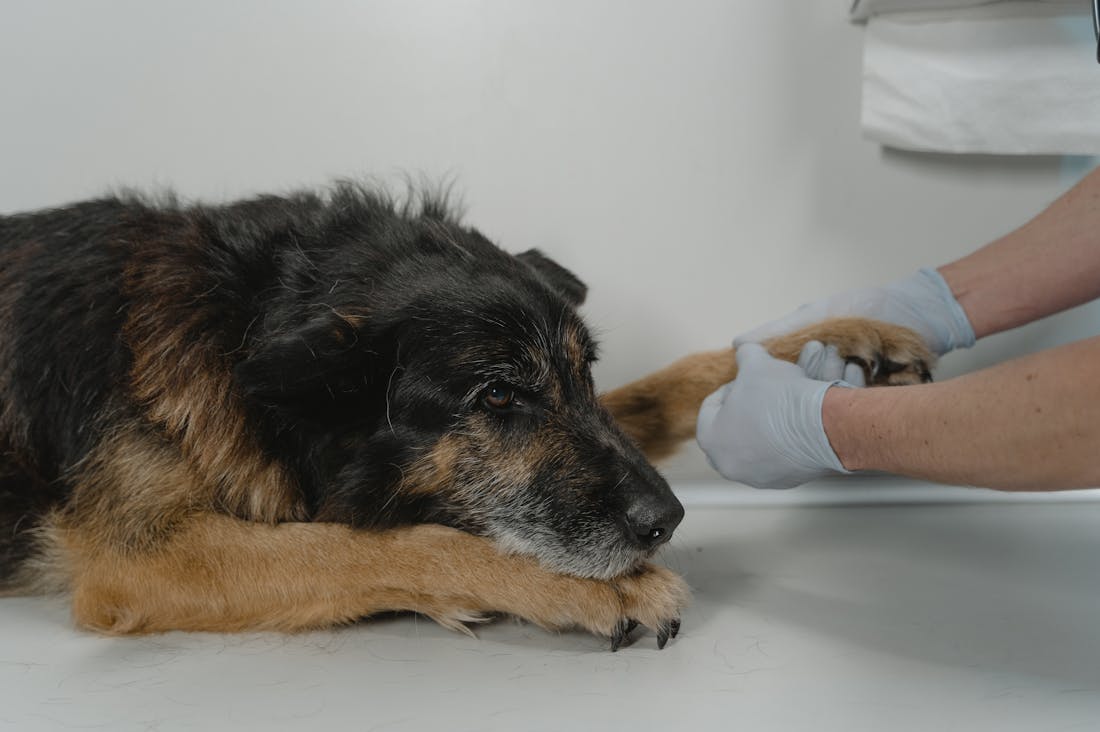Explore the Recent Wave of Knowledge
Popular
Trending

Sustainable Lifestyle Choices That Make a Positive Impact
Choosing eco-conscious products is a vital step toward fostering sustainability and protecting our planet. Such products are often made from renewable resources, biodegradable materials, or...

Key Considerations for Building a Robust Tech-Savvy Business Model
Identifying technology needs is a critical process for organizations aiming to optimize their operations and enhance productivity. It begins with a thorough assessment of current...

Innovative Trends Shaping the Future of Electric Vehicles Today
Emerging technologies in electric vehicles (EVs) are revolutionizing the automotive industry, driving innovation towards sustainable transportation solutions. Advanced battery technologies, particularly solid-state batteries, promise increased...

Health Benefits of Outdoor Activities for Physical and Mental Wellness
Physical health and a connection to nature are deeply intertwined, reflecting the profound impact that the natural environment has on our well-being. Engaging with nature...

Comprehensive Guide to Essential Car Maintenance Practices
Routine checks and inspections are vital processes in various industries aimed at ensuring safety, compliance, and operational efficiency. These systematic evaluations involve a thorough examination...

Impact of Sleep on Overall Health and Daily Performance
Quality sleep is essential for overall well-being, playing a critical role in physical, mental, and emotional health. During deep sleep, the body repairs tissues, strengthens...






